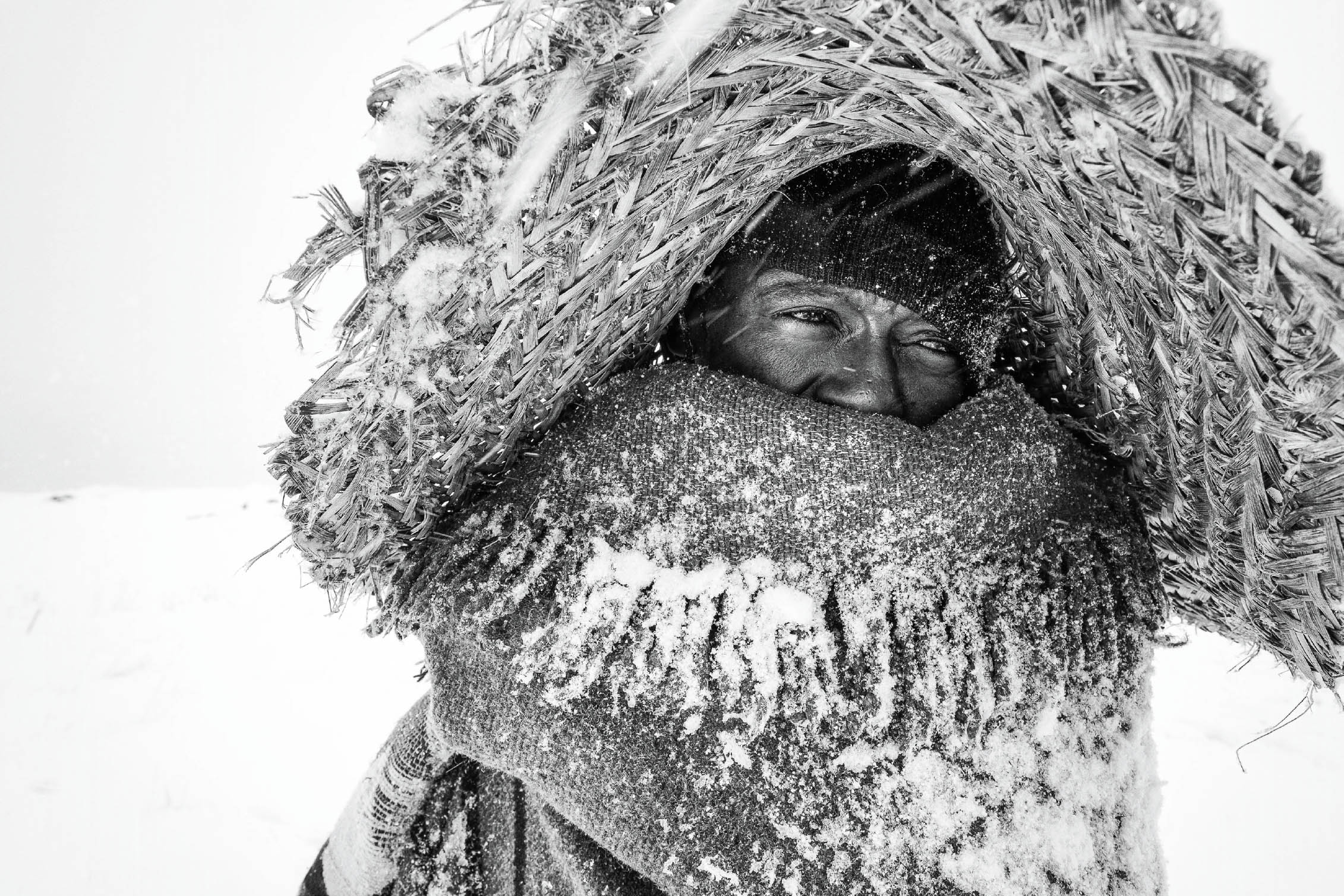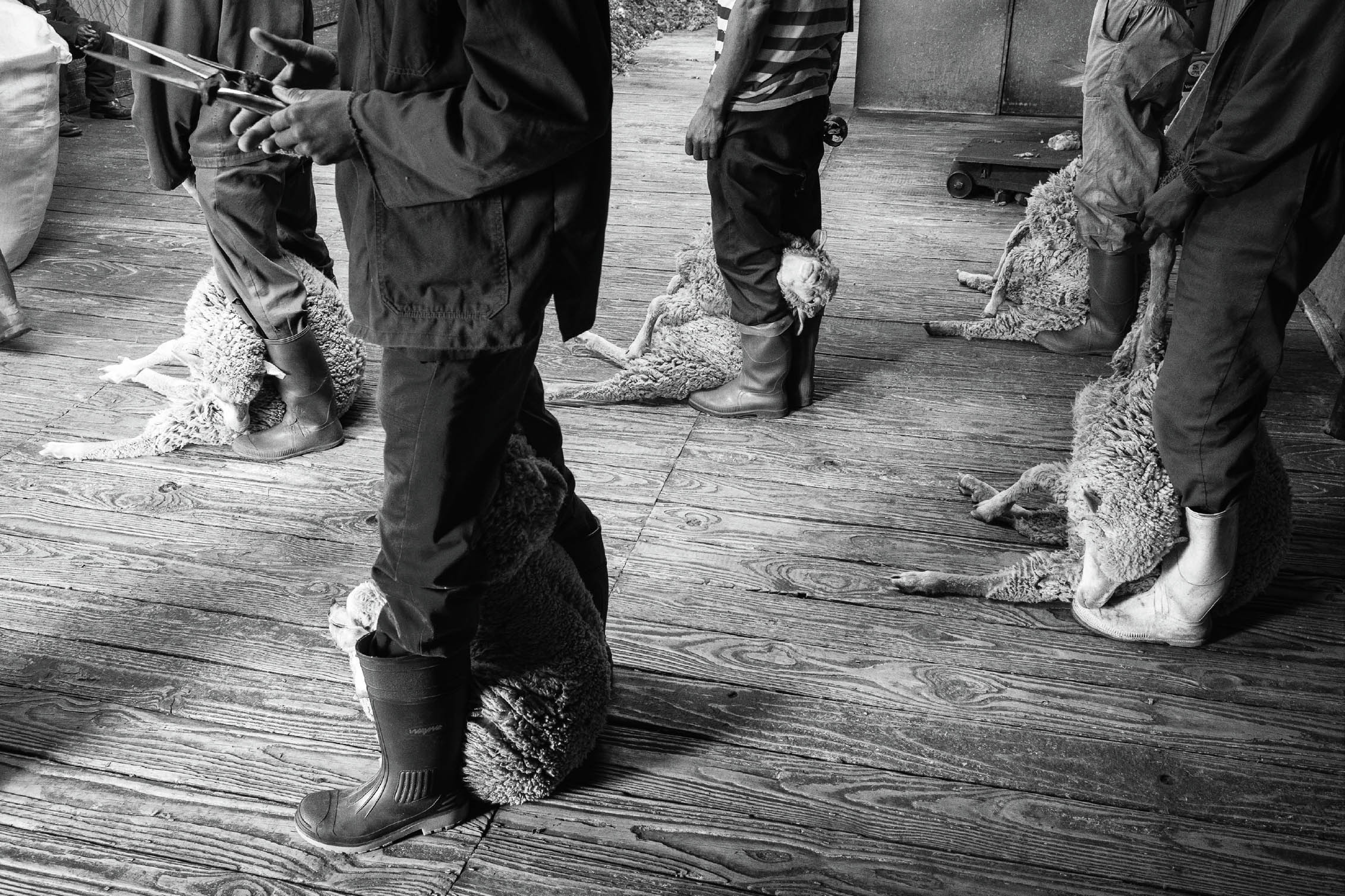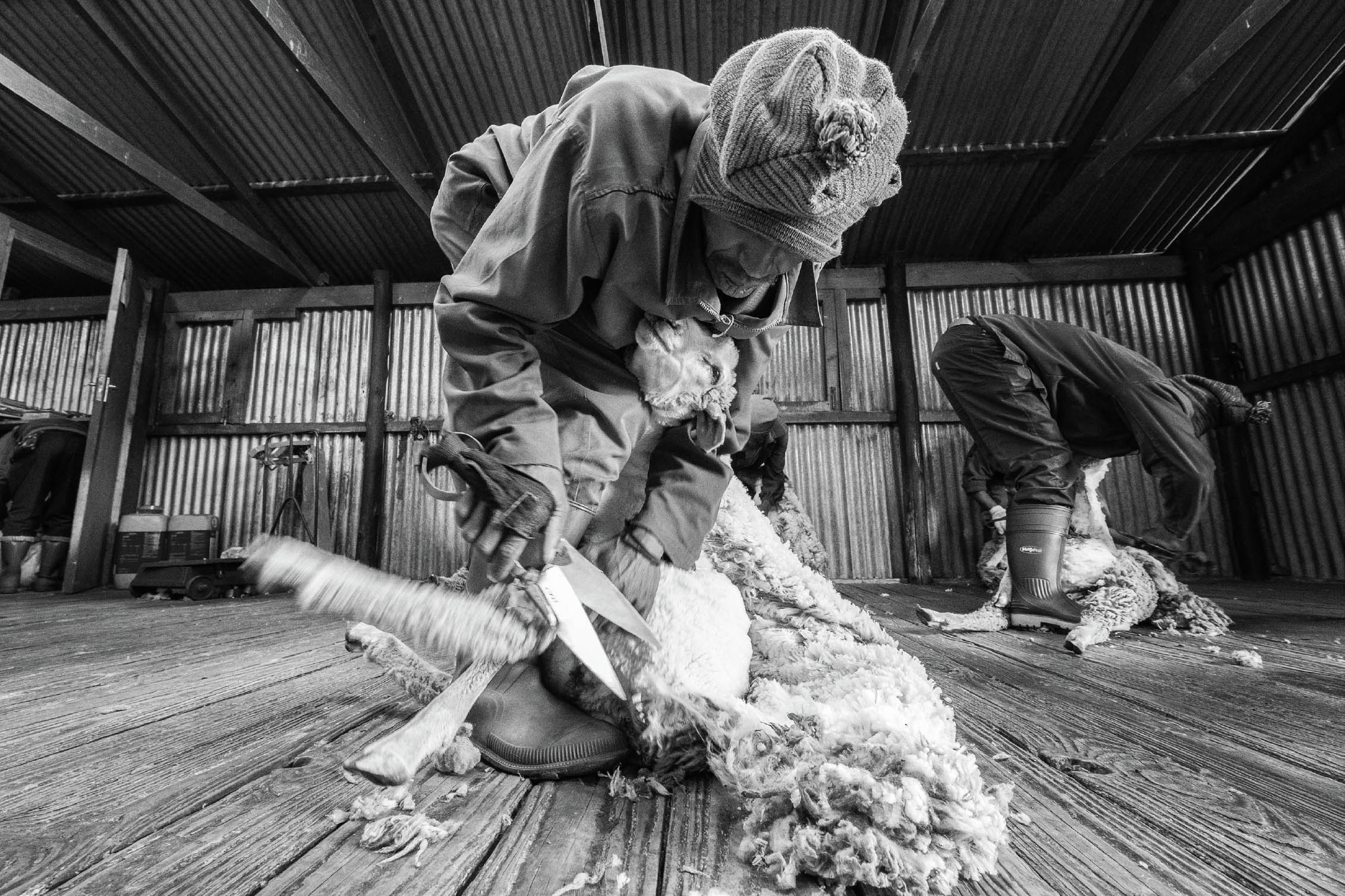11
Where Is the Story?
HAVING WRITTEN ABOUT STORY in several of my previous books, I don’t want to repeat myself, but story is important enough that it bears at least a nod in its direction. Story can give much of the meaning to certain photographs, so it’s important those stories are told well by way of the conscious decisions we make to tell, or imply, them.
It’s also important to recognize that story is not the only way to convey meaning in photographs. I’ve had many students over the years come to me almost in tears because they just couldn’t figure out how to make their macro photographs of flowers tell a story. Landscape photographers have said the same to me. So have photographers who prefer to work in more abstract ways.
Story is only one way to create impact in images, just like it’s only one way to create impact or relay information in written form. Go to a bookstore and you’ll see many books, many of which will do exceedingly well what they were written to do. And many of them will not be novels or short stories. They will be books of poetry, and they will be nonfiction books about topics too numerous to list. Imagine how frustrated many of these writers would be if they were told they had to say what they wanted to say only in story. That’s like telling cookbook authors that they can only use haiku.
Story is about change. In a photograph, it’s usually about implied change because it’s hard to show change actually happening in just one image. So it’s change about to happen. Change that might happen. Change that has happened. With a series of images, I can make this story much clearer. And with enough images, they become a movie, a medium much more adept at the nuance of story. But can one single frame have strong story elements in it?
Story is also about conflict. In fact, it’s the conflict that brings about change in a story, often by forcing it. So how do we show this in a photograph? My theory is that one of the best ways to do this is through contrast or juxtaposition, which we’ll explore in the next chapter. So, aside from this, how do we incorporate story?
I’m simplifying here, but all great stories have a combination of character, action, setting, timing, and theme. Who. What. Where. When. Why. And if you can tie them together or suggest relationships, our imaginations take over and tell the rest of the story. The power of a photograph to tell a story comes from its power to get the human imagination started.
If you believe there’s a story to be told or suggested in your image, these questions can guide you to possibilities for implying that story more powerfully:
- Is the setting clear? If it matters at all, can I tell where and when the story takes place? What visual clues might help those who experience this photograph discern that? For example, does the writing on the wall help establish that this story takes place in India?
- Are the characters clear? If it’s important that I know something specific about that character, what visual clues suggest that? What gives it away?
- Is the relationship between the characters clear? What can I tell from their gestures that helps establish this relationship? For example, are they close? Is one larger than the other? Does it tie into a larger, universally understood relationship, like predator versus prey, or adult versus child?
- Does the relationship between these characters imply change? For example, does the dark and threatening sky over a small town imply danger? Remember, nature can be a character, too. When you look at an image and think, “Tornado is coming!” then you can bet there’s change about to happen—and that’s story.
Don’t overthink this. And don’t let it get you worrying that your images don’t tell stories. They won’t always, and they don’t have to. But when story matters, you’ll be able to make a stronger photograph by asking if any of the above applies, and understanding that the more clearly you can incorporate these elements, the more impact they will have in the final image.
If this kind of approach interests you, then you should also consider the role of contrast and juxtaposition, tools that hook our interest but that are not unique to stories, so they’re best discussed as their own devices. Because no matter what kind of image you’re making, without contrast, you’ve got almost nothing.
Mokhotlong, Lesotho, 2017
Mokhotlong, Lesotho, 2017
Mokhotlong, Lesotho, 2017
Mokhotlong, Lesotho, 2017




